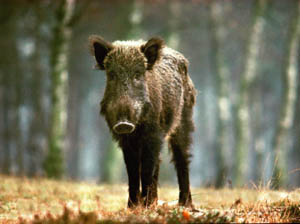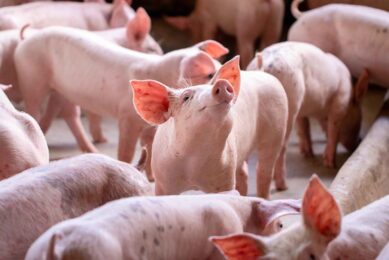Worries about the increased number of wild boars in the US

The increased number of wild boars in the US is worrying researchers. They carry the zoonotic parasites Toxoplasma gondii and Trichinella and can transmit animal diseases.
The state North-Carolina is the most densed populated state when it comes to commercially held pigs. Wild boars are a potential risk in spreading of animal diseases, say the researchers.
The experts at the North Carolina State University also address that humans are at risk due to the increased number of wild boars. Recent data showed that over 25% of the wild boars are infected (or had been infected) with Toxoplasma gondii. Over one third of the animals carried Trichinella. Both parasites are dangerous for humans as well.
The US government estimates that there are more than 4 million wild pigs scattered throughout 40 US states. Apart from transmitting dieases, the pigs are an ecological disaster, devouring huge amounts of crops, tearing up plants, and driving out native wildlife by outcompeting them.
Wild boars have not always been around in the US. Hunting enthusiasts released German wild boars into the wild in the 19th century, and Russian wild boars were released across several southern states in the early 20th century. They breed quickly and the population has exploded since then.











